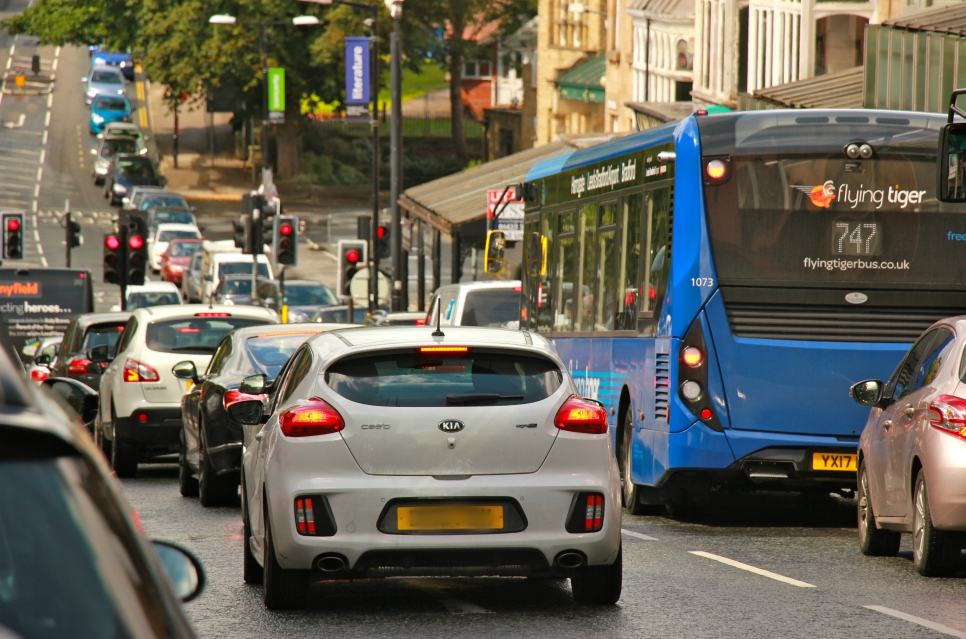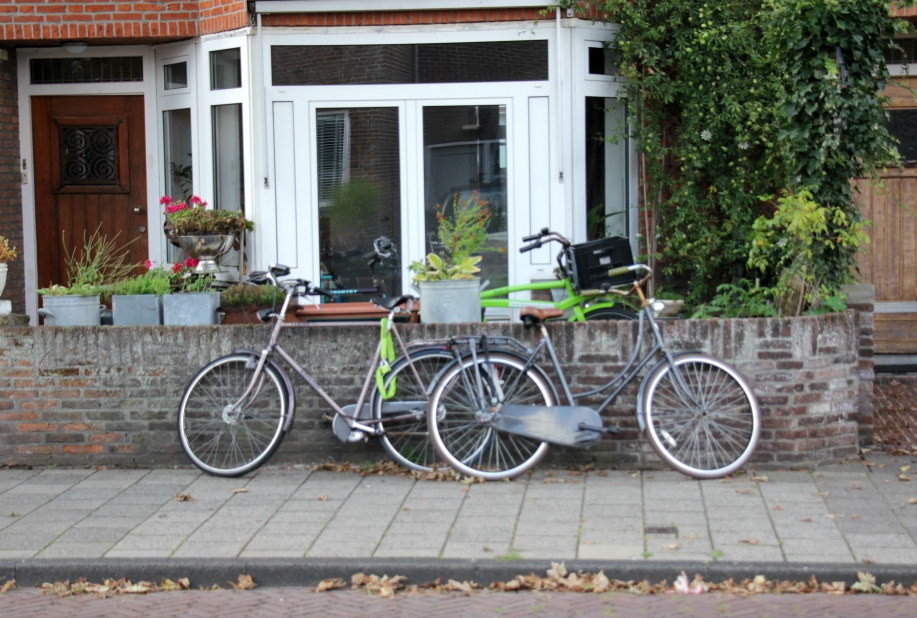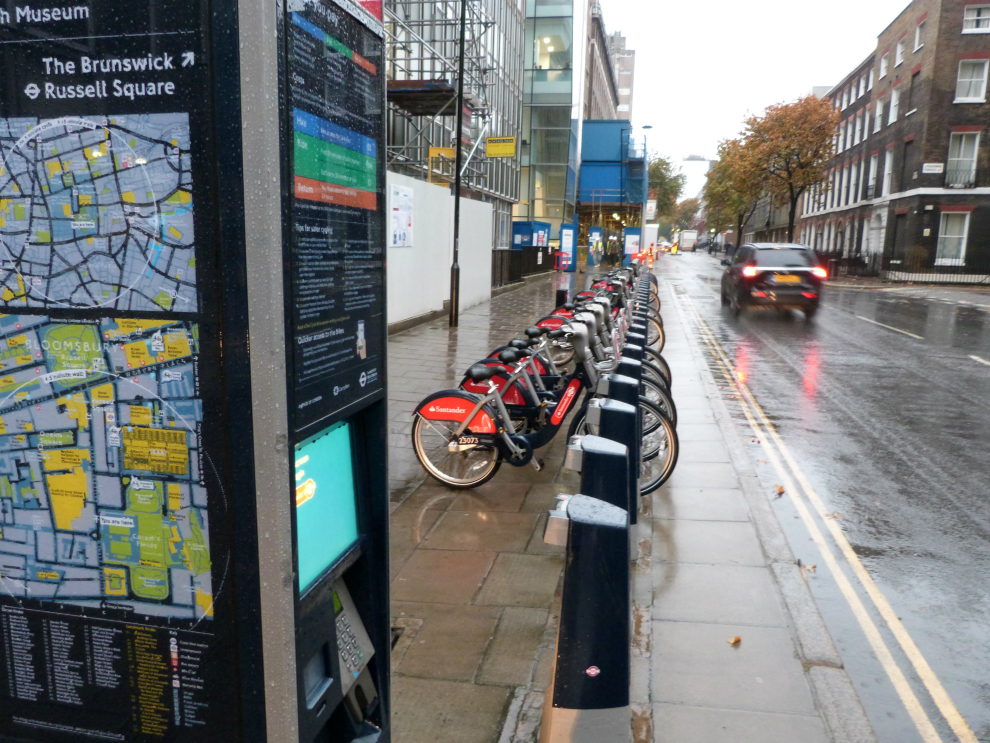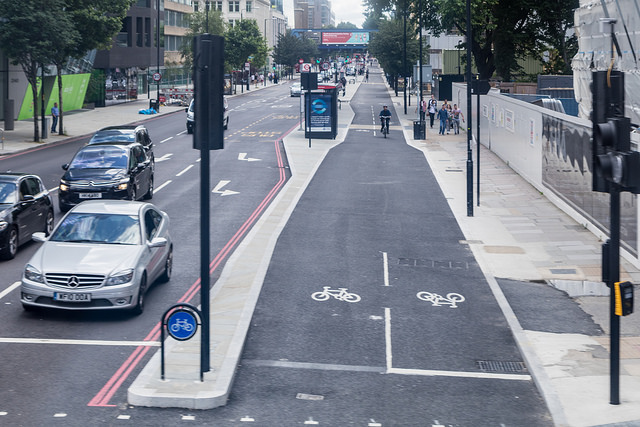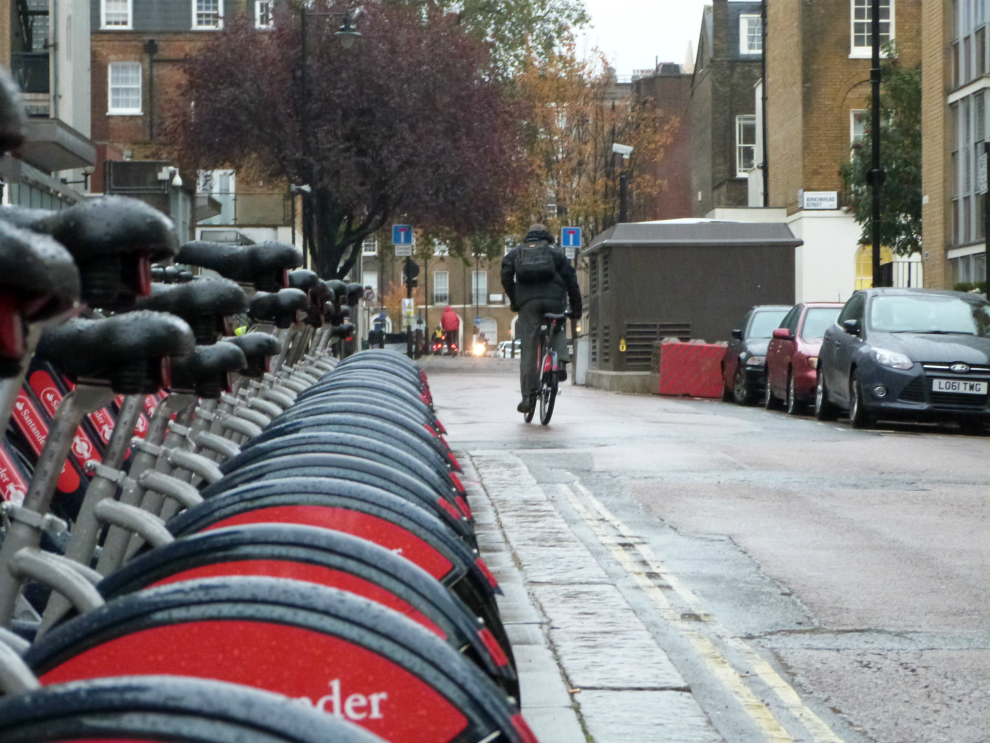Boardman's Made to Move report
16th December 2017

Manchester
cycle & footpath, by Pete Birkinshaw,
Licence
CC BY 2.0
Chris Boardman has set out an ambitious vision to transform the way
people travel in Greater Manchester, in a report entitled Made to Move.
In his first report as Cycling & Walking Commissioner to Mayor
Andy Burnham, he has set the goal to double then double again
cycling in Greater Manchester, and make walking the natural choice
for short trips. He wants to build one of the world's best cycle
networks in and around Manchester.
Boardman sets out fifteen steps to transforming the way people get
around in Greater Manchester. The first is to publish a detailed
walking & cycling infrastructure plan in 2018.
Boardman's Made to Move report: foreword by Andy Burnham
There's a foreword by Andy Burnham. He says that he asked Chris
Boardman to tell him what would be needed to deliver a step change
in the numbers of people walking and cycling in Greater Manchester,
and the report rises to that challenge.
Boardman's Made to Move report: mission statement
In his mission statement, Chris Boardman says that the Mayor wants
Greater Manchester to be the best place in the UK to grow up, get on
in life, and grow old. One way that happy countries achieve this is
to prioritise walking and cycling. 'Riding a bicycle or crossing a
street should not require bravery,' writes Boardman. 'We need
protected space; uninterrupted, all the way from where I am to where
I want to be.'
The report suggests using a 12-year-old as the yardstick for a
joined-up network - it must be something a 12-year-old would choose
to use. The 12-year-old represents other people too, such as
pensioners, mothers, and people with mobility issues. 'We have to
get this right. I won't waste people's money or time building a
network that won't deliver a fundamental and cultural change in how
we travel.'
Boardman's Made to Move report: creating the space for walking
& cycling
In the 'creating space' section, the report says a detailed
infrastructure plan will be produced. 'Cycling routes should be a
mixture of wide segregated cycle lanes on main roads, offering quick
journeys across Greater Manchester, local cycling routes through
communities, and green routes that encourage slow cycling through
residential streets. And all these new cycling routes must be
delivered to meet to a standard that a competent 12-year-old would
choose to use...'
Some of the focus will be on local high streets, making them
accessible for walking and cycling. This will include 20mph speed
limits 'that actually result in 20mph speeds'. 'Everybody should be
able to cross the road safely, directly and without delay. Crossings
should be positioned in the right place and give everyone enough
time to cross the road.'
Creating space will also involve reclaiming the school run from
vehicles and associated danger. (50% of children cycle to school in
the Netherlands, but only 3% in the UK). Boardman is seeking to
create a public transport system that is integrated with walking and
cycling.
Boardman's Made to Move report: why Greater Manchester needs a new
network
A new network is needed because the way we travel is killing us,
according to the report.
In 2016, the Royal College of Physicians estimated that air
pollution causes 40,000 premature deaths a year in the UK. Traffic
congestion costs £1.3 billion a year to businesses in Greater
Manchester. 50% of adults in Greater Manchester are physically
inactive, at a cost to the NHS of £500,000 per week. 600 people are
killed or seriously injured on Greater Manchester's roads every
year.
People want change - 8 out of 10 residents want cycling and walking
to be safer.
77% of morning peak time journeys are not by car, only 23% are. The
traditional UK approach has been to measure vehicle movement, but
Greater Manchester will count people as well as vehicles.
Boardman's Made to Move report: people first
The report says that streets should be designed for the benefit of
the whole local community. The poorest households, which have no
car, can travel more if cycling is easy and safe. Rat-running should
be eliminated from residential streets.
Boardman makes a distinction between places, such as residential
streets, which should be for walking, cycling, and car access only;
and links, like connector roads, which are for public transport,
driving and cycling.
Other aspects of putting people first are public bike hire schemes,
and temporary events like low car weekends that show people how
streets could be used without so many cars.
Boardman's Made to Move report: funding
Boardman calls for £1.5 billion investment over 10 years, so £150
million per year, to deliver an initial network. The Mayor has so
far promised £47.6 million, which is much less than Boardman wants.
'To genuinely grasp the opportunities, a combined budget for walking
and cycling needs to significantly exceed this.'
The report argues that money invested in cycling and walking is
well-spent. It points out that there is a cost of doing nothing
(congestion, air quality, road casualties, inactivity, and global
warming); and that the indirect economic benefits of investment are
£5.50 for every pound spent.
'More journeys are cycled than taken on Metrolink, yet there is no
comparison with the level of investment. Schemes to enable cycling
and walking are extremely low cost compared to other transport
investment...A cycle lane can be created for £50,000-£2 million per
km.'
Boardman's Made to Move report: conclusion
In his conclusion, Chris Boardman makes clear that he is ambitious.
'At the moment, we are nowhere near where we need to be for walking
and cycling, and it will be my mission to work with partners right
across Greater Manchester to achieve a dramatic transformation in
the next decade.'


